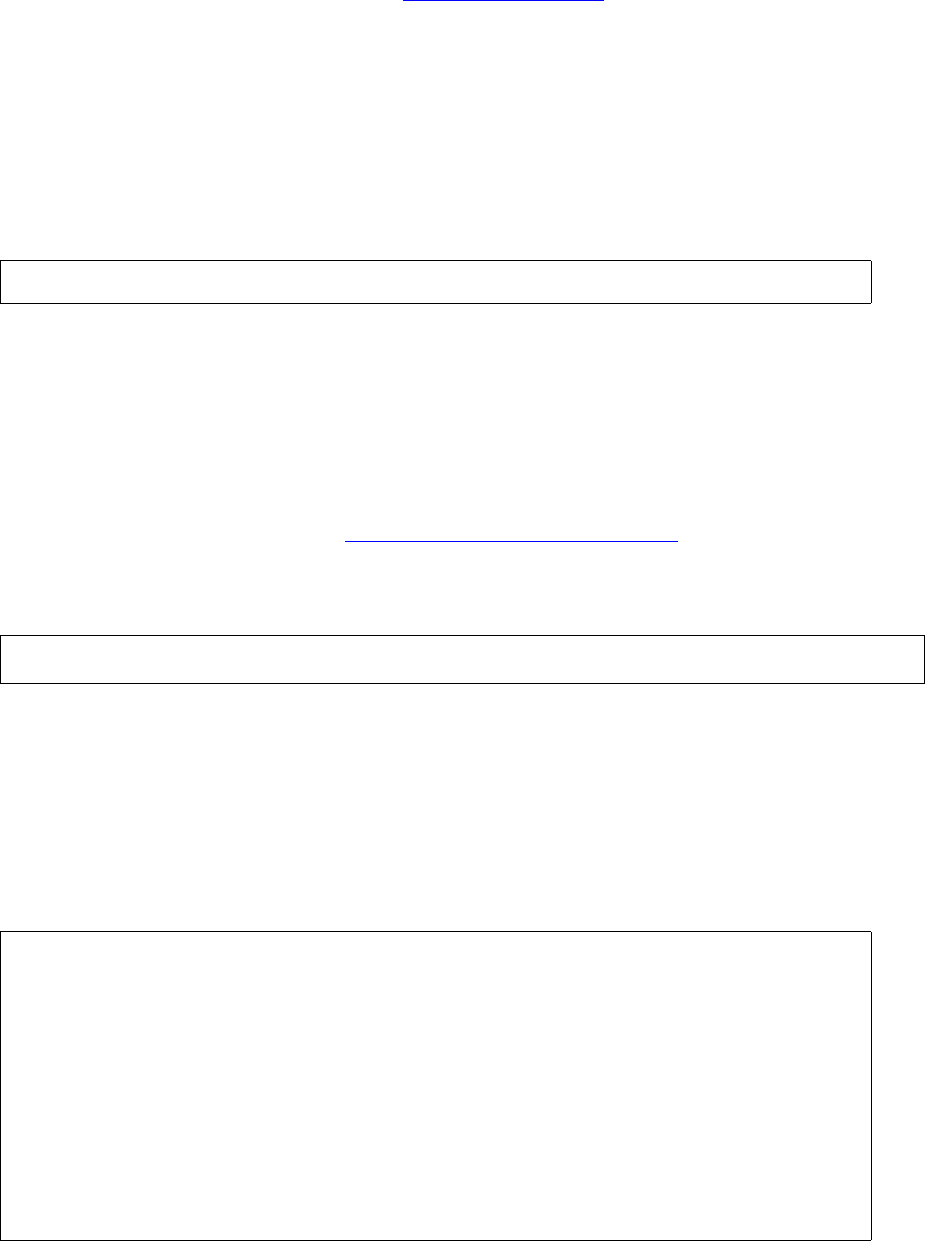Native Inspect Manual (H06.03+)
Table Of Contents
- What’s New in This Manual
- About This Manual
- 1 Introducing Native Inspect
- Native Inspect on TNS/E Systems
- Debuggers on NonStop TNS/E Systems
- Origins of Native Inspect
- Process Debugging With Native Inspect
- Debugging Multiple Processes
- Global Debugging
- Debugging TNS Processes
- Snapshot File Analysis
- Debugging DLLs
- Handling Events
- Switching Debuggers (To or From Inspect and Visual Inspect)
- Stopping Native Inspect
- Differences Between Native Inspect and WDB and GDB
- 2 Using Native Inspect
- Quick Start for Inspect Users
- Preparing to Debug Using Native Inspect
- Sample Native Inspect Session
- Start Your Program Under Native Inspect
- Load Symbols
- Determine Compilation-Time Source Name
- Set Source Name Mapping
- Add Current Directory to Source Search Path
- List Source
- Set a Breakpoint on main()
- Continue Execution
- Trace the Stack (Back Trace)
- List Source
- Step Execution (Over Any Function Calls)
- Print a Variable
- Step Execution (Over Any Function Calls)
- Step In to a Called Function
- Set a Memory Access Breakpoint (MAB)
- Trace the Stack (Back Trace)
- List Source
- Continue Listing Source
- Set a Breakpoint on Line 52
- Continue Execution
- Display a Structure
- Enable “pretty” Printing
- Modify a Structure Field
- Terminate Program and Session
- 3 Syntax of Native Inspect Commands
- Categories of Native Inspect Commands
- Syntax of Common Command Elements
- # command
- a command
- add-symbol-file command
- amap command
- attach command
- base command
- break command, tbreak command
- bt command
- can command
- cd command
- commands command
- comment command
- condition command
- continue command
- d command
- delete command
- delete display command
- detach command
- dir command
- disable command
- disable display command
- disassemble command, da command
- display command
- dmab command
- down command, down-silently command
- enable command
- enable display command
- env command
- eq command
- exit command
- fc command
- files command
- finish command
- fn command
- frame command, select-frame command
- help command, help option
- hold command
- i command
- ignore command
- ih command
- info command
- jb command
- jump command
- kill command
- list command
- log command
- ls command
- mab command
- map-source-name command
- mh command
- modify command
- next command, nexti command
- nocstm option
- output command
- print command
- priv command
- ptype command
- pwd command
- quit command
- reg command
- save command
- select-frame command
- set command (environment)
- set command (variable)
- show command
- snapshot command
- source command
- step command, stepi command
- switch command
- symbol command, symbol-file command
- tbreak command
- tj command, tu command
- tn command
- unload-symbol-file command
- until command
- up command, up-silently command
- vector command
- version option
- vq command
- wait command
- whatis command
- x command
- 4 Using Tcl Scripting
- A Command Mapping With Debug and Inspect
- Glossary
- Index

Syntax of Native Inspect Commands
Native Inspect Manual—528122-003
3-52
next command, nexti command
value
is the value you want to assign to native-address. The options 8, 16, 32, and
64 specify the bit size of value.
After completion of the command, Native Inspect prints out the address that was
modified, the number of bytes that were modified, and the old and the new values. If
the specified value does not fit in the size specified, an error is returned.
Example
The command:
returns an error because the value 0xFFFF is larger than the specified size of 8 bits.
next command, nexti command
Advances program execution to the next statement or instruction, respectively.
Execution steps over any function calls executed within the step range.
Next and nexti are similar to the step command, stepi command.
Aliases: n, ni
count
is a positive integer specifying the number of statements (next command) or
instructions (nexti command) to advance.
Example
To step execution using the next, step, and finish commands:
(eInspect 4,28): m 0x4FFFFE00 0xFFFF 8
{ next | nexti } [ count ]
(eInspect 1,329):next
351 pcb = PCB_create();
(eInspect 1,329):step
PCB_create () at \SIERRA.$YOSE1.SYMBAT1.SCXXTST:226
226 {
(eInspect 1,329):next
227 PCB_t *pcb = (PCB_t *) malloc( sizeof( PCB_t ) );
(eInspect 1,329):next
228 memset( pcb, 0, sizeof( PCB_t ) );
(eInspect 1,329):finish
Run till exit from #0 PCB_create () at \SIERRA.$YOSE1.SYMBAT1.SCXXTST:228
0x70002520:0 in pcbDataStructs_initialize ()
at \SIERRA.$YOSE1.SYMBAT1.SCXXTST:351
351 pcb = PCB_create();
Value returned is $2 = (PCB_t *) 0x0










